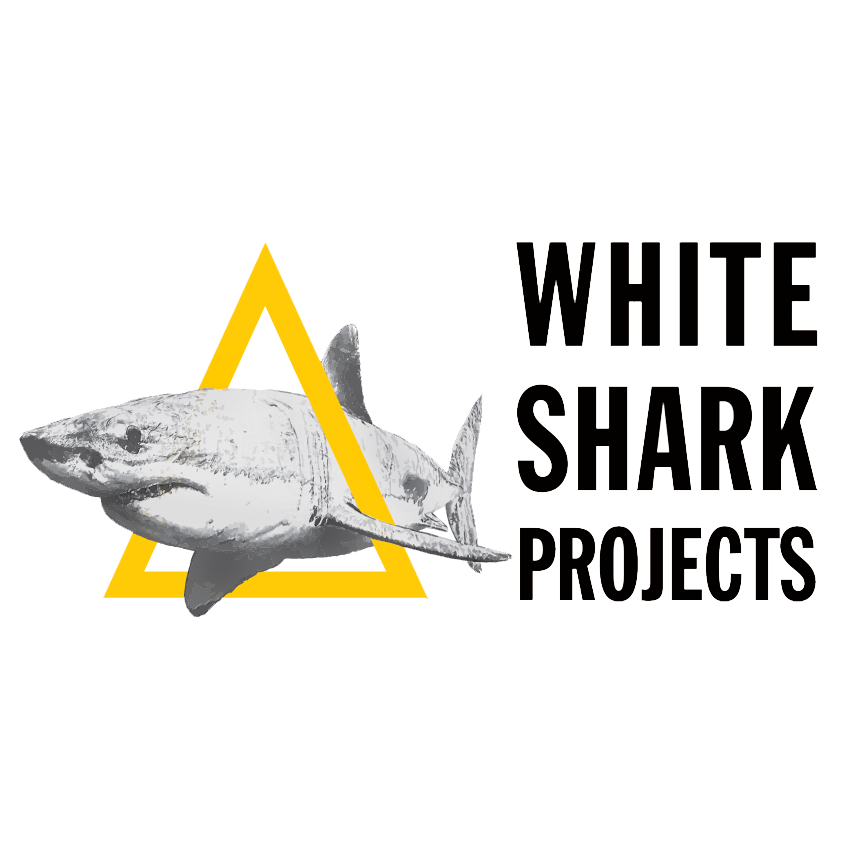Recycle Swop Shop in Masakhane: 100+ Children...
Over 100 children visited our Recycle Swop Shop in Masakhane on the 26th of September 2023!
If you get a chance to visit the beautiful fishing village of Gansbaai you may notice one of the most common words here is “abalone”. When I first came to South Africa over 10 years ago I wasn’t really sure what an abalone was. So, a couple of years later on a trip to Two Oceans Aquarium, Cape Town, I made an effort to find this funny little creature to see what all the fuss was about. Coming from the UK, where our food gets as adventurous as a pickled egg, it was hard for me to believe that people would even consider eating this shell covered blob... but they do.
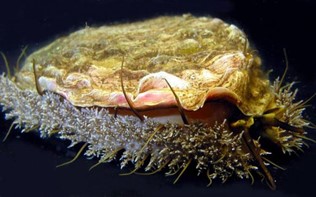
So... What exactly are these abalone that everyone talks about?
Well, abalone are large marine gastropods….this basically means that they are large ocean dwelling snails. They are a flattened snail with an ear shaped shell that has a wide opening at the base - unlike our common garden snails that have a spiral shell. An abalone’s shell is made up of layers of a material called nacre or “mother of pearl” as it is the same material that makes up the outer coating of pearls. Its fleshy soft body is surrounded by a shell secreting mantle (meaning robe or cloak in Latin) which encloses the abalone’s vital organs. An abalone also consists of a head and large muscular foot that it uses to get around. On the head there is a pair of eyes and tentacles which it uses to find algae to feed on. The shell also has a set of holes which are used to vent water through its gills (Bowen – Two Oceans Aquarium, 2017).
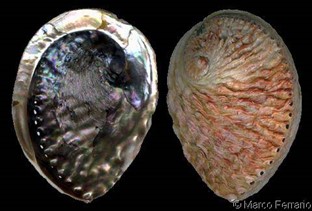
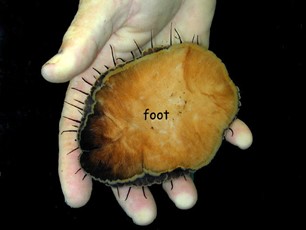
Incredibly, there are over 80 species of this ocean dwelling snail worldwide. However, when you hear the word “abalone” mentioned here in Gansbaai, they are actually talking about a species called Haliotis midae that are only found off the coast of South Africa. You will also hear them referred to as “perlemoen” which comes from the Dutch meaning ‘mother of pearl’. This species is the largest of five species found in South Africa as it can grow up to 23cm and weigh up to 3kg (SANBI, 2017). Usually, you would find this species in shallow coastal waters, preferring rocky areas. Young abalone like to hang out in amongst sea urchins and use them for protection (Kgatla – SANBI, 2015). After all, there are not many animals that would face the spiny greeting of a sea urchin.
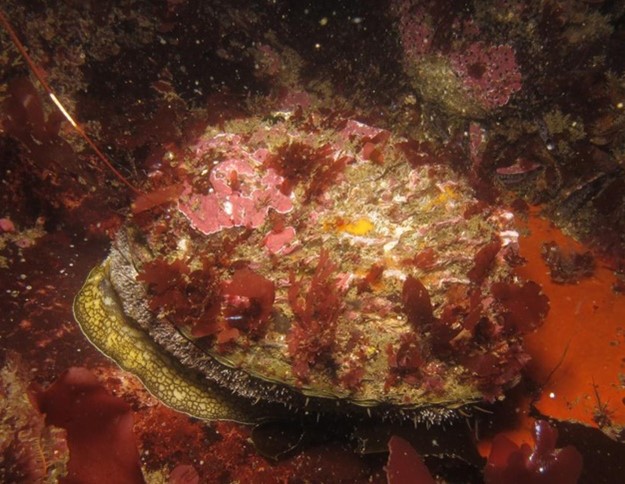
I’ve actually become quite fond of these creatures as interestingly they are not quite as slow as their terrestrial cousins. As well as using their muscular foot to grip onto rocks they can actually use it to outrun predators. They create a series of wave - like movements through the foot which propels them forward enabling them to rapidly escape predators. Also, if they find themselves in the grip of a predator such as a starfish, they can use their powerful foot to twist and wrench themselves free.
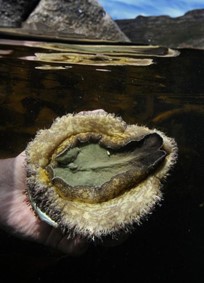
OK, we now know what abalone are… but what is all the fuss about?
Sadly, this particular species of abalone that is endemic to the coasts of South Africa is now endangered. Abalone are slow growing and can live up to 30 years which has made them vulnerable to both ecological and human challenges they have had to face. In 1994, there was a massive decline in the sea urchin population around the coasts of the Western Cape. At the time there was an influx of rock lobsters into the kelp beds which prey on sea urchins and were probably responsible for the decline (Tarr et al, 2010). Without having the sea urchins around them for protection the juvenile abalone were exposed to predators such as octopuses and their population also declined.
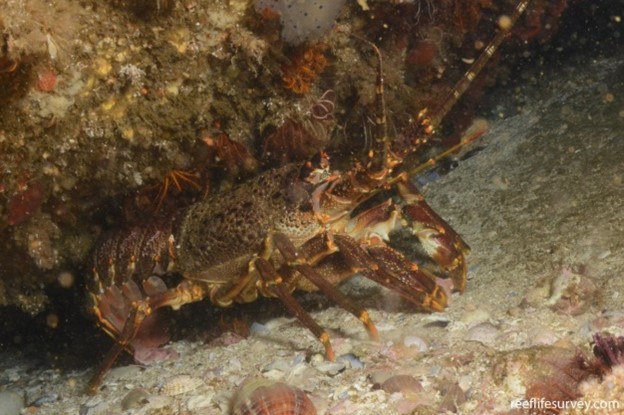
However, the main reason why abalone are endangered here is actually due to their high demand on the food market. Before the 1990’s commercial abalone fishing was managed by limiting it to 48 divers who had a total allowable catch quota of 650 tonnes. However, in the 1990’s street price of abalone increased significantly as demand increased from Asia. In China the South African species of abalone is considered a delicacy and the best species to eat. This high demand created a kind of ‘gold rush’ and therefore abalone were nicknamed ‘white gold’ due to the colour of their flesh. The abalone quickly became the most valuable snail on the food market. This was when some people who didn’t agree with the fishing quotas started up organised crime to fish illegally for the abalone and sell it on the black market to Asian countries. The demand led to the collapse of legal fisheries and it became completely illegal to take abalone from the sea because of their dwindling population. Still today, the biggest threat to our endangered South African abalone is illegal poaching as it is highly valuable on the black market.
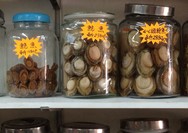
This is why there are now farms around the Gansbaai area that sustainably breed and grow abalone to sell legally in the food market. Hopefully, abalone farms will produce enough farmed abalone to sell legally and flood out the poaching of the wild population so that their numbers can recover. This peculiar shell covered blob as I thought when I first saw it is actually vital to Gansbaai’s special marine ecosystem. It helps stabilise kelp forests and rocky reefs by feeding on sea weed and floating weeds. Therefore abalone are important in keeping our unique marine ecosystem healthy.
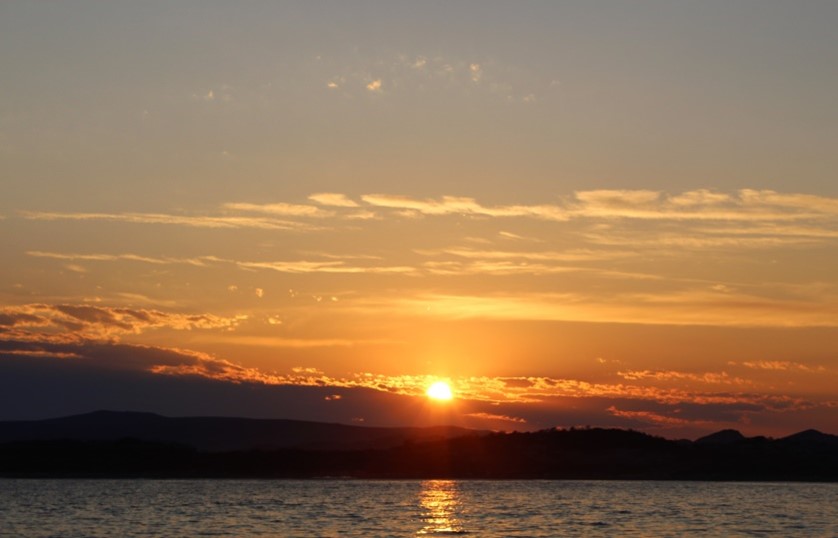
White Shark Projects is a long-established shark cage diving, research and conservation company based in Kleinbaai, just outside Gansbaai, South Africa. Embark on an ocean adventure like no other, where you could see great white sharks in their natural habitat. While you are out there, White Shark P...
View ProfileXplorio is your local connection allowing you to find anything and everything about a town.
Read MoreOver 100 children visited our Recycle Swop Shop in Masakhane on the 26th of September 2023!
Our Recycle Swop Shop was super busy in Masakhane on Tuesday, 19 September 2023 with 112 children showing up!
102 children visited our Recycle Swop Shop in the Masakhane community on Tuesday afternoon (16 May 2023).
Our first Recycle Swop Shop of the year in Masakhane was amazing!
We had another successful and busy afternoon yesterday (15 November 2022) at our Recycle Swop Shop!
Come join us to see these beautiful bronze whaler sharks! They’re very active and feisty and it's a must-do activity in South Africa!
